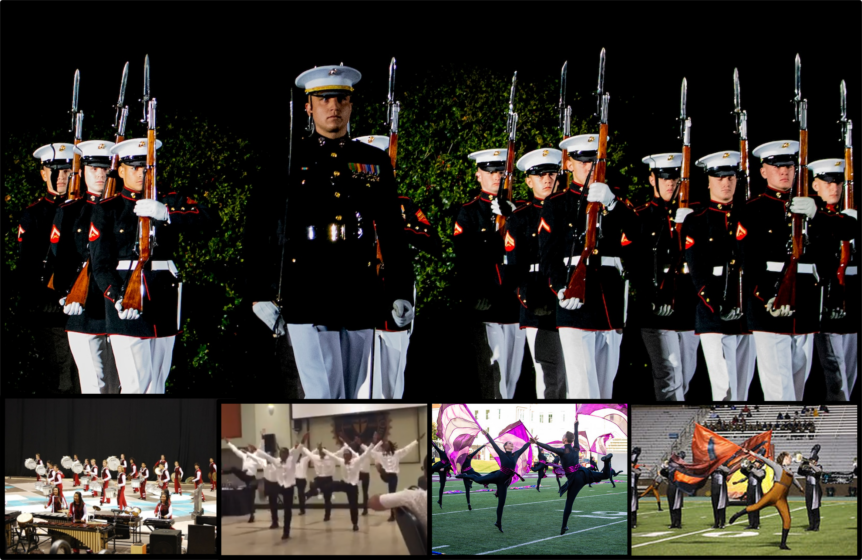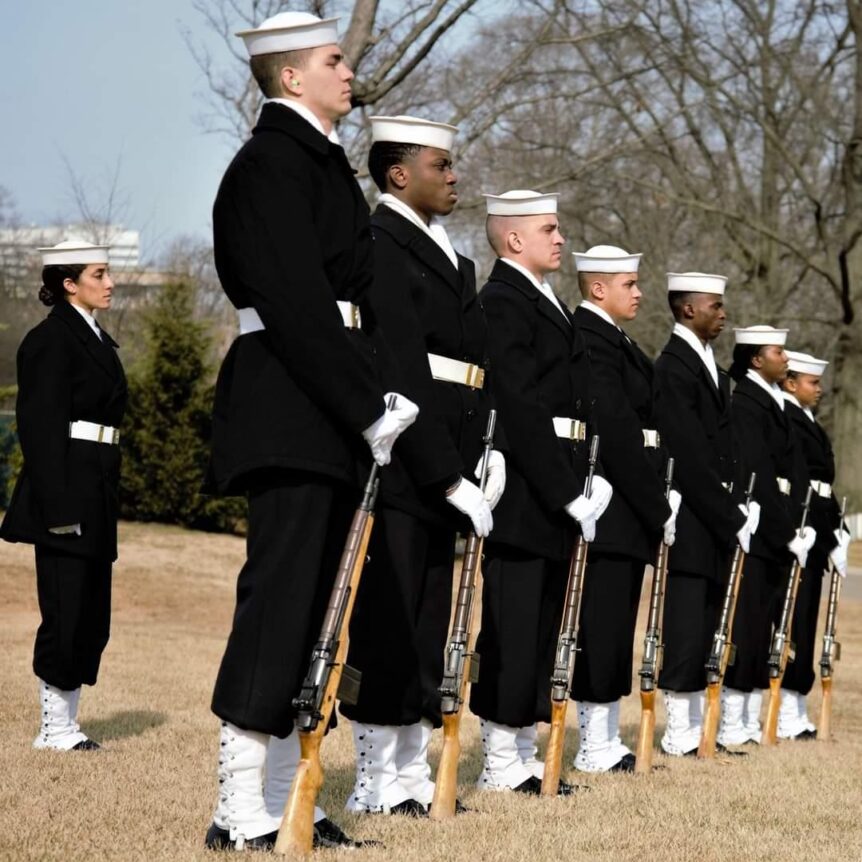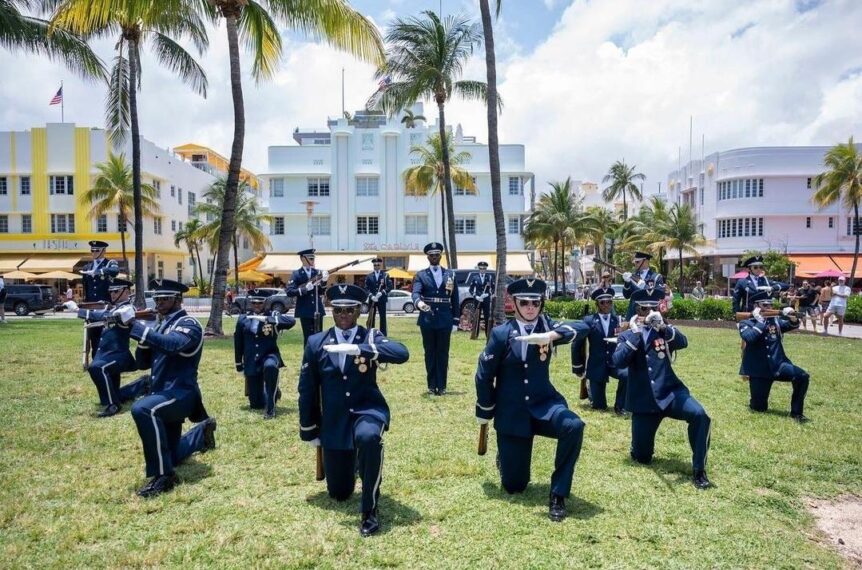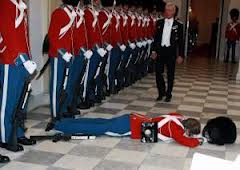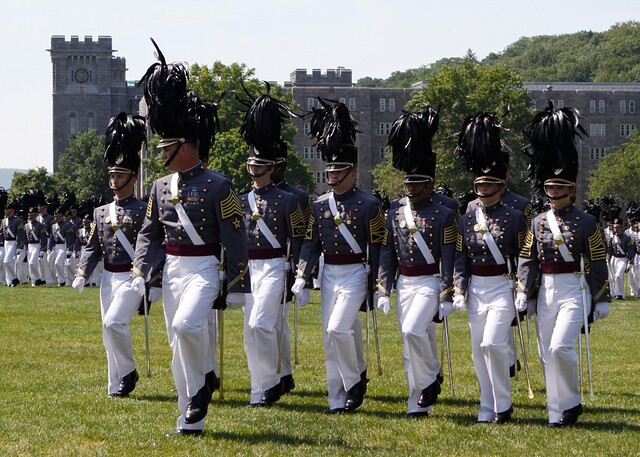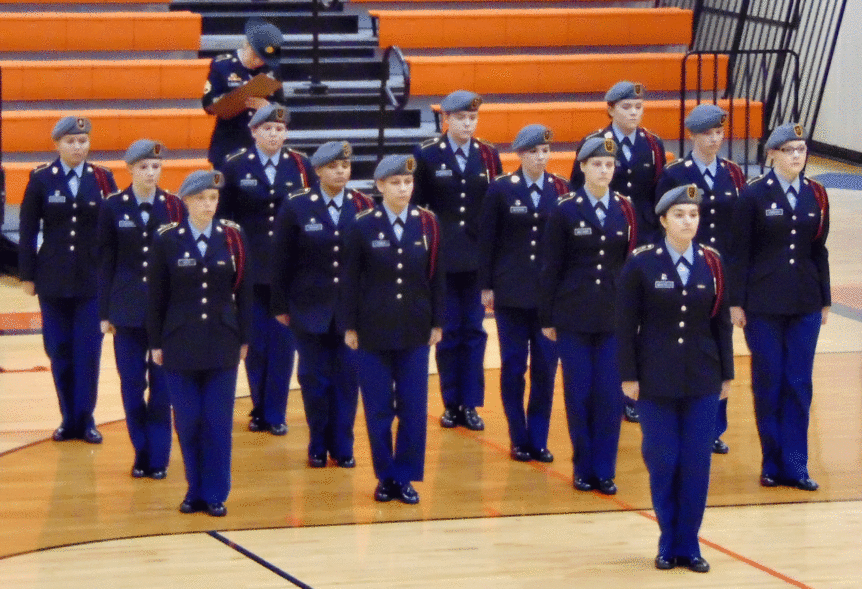A ripple line for a military drill team performance is a sequential movement where actions occur in a wave-like (fast or slow, smooth or sharp) progression rather than simultaneously.
Principles of a Visual Performance
The term “visual performance” has different meanings depending on the context in which it is used. For our purposes, we will concentrate on the principles involved in performance based in dance, (marching band) color guard, and military exhibition drill.
Vocabulary and Exhibition Drill
Whether you are a soloist, part of a tandem, tetrad, or larger drill team, understanding and applying the concept of vocabulary in a visual performance is essential.
What is “Audience Engagement”?
What is it that makes a routine grab the audience by the eyeballs and yell at them, “Don’t miss this or you’ll regret it!” Audience engagement, my friends, audience engagement. What is it and how do you get some?
The Correlation Between Military Exhibition Drill and Dance, Step, etc.
The correlation between dance, other performance activities, and unarmed/armed military exhibition drill (UXD/AXD) is strong, as these disciplines emphasize precision, rhythm, coordination, and expression.
Why We Execute Facing Movements Only at Order
It can be a bit annoying to face and then move to Right/Left Shoulder but there is good reason for it.
Visual and Movement Layering in Exhibition Drill
When we look at an exhibition drill performance, a drill team has numerous options. The best way to create an effective performance is to understand the fundamentals of design. This article looks at static presentations.
How not to Faint or “DoN’t lOcK YeR kNeEs!”
Most cadets and many adults know only this phrase about fainting (flaking) in formation. You definitely need to expand your knowledge to educate those for of whom you are responsible.
A DrillMaster Study of Mark Time
Marching in place, marking time. Many think they know how to do it. There are three different regulation drill techniques for the US military and two techniques for ceremonial drill.
How Much Should I Practice?
This is a great question that I receive every so often. So, here’s an example of how you can begin spinning a rifle (or any other type of practice) and progress to a level of proficiency with which you are comfortable.





